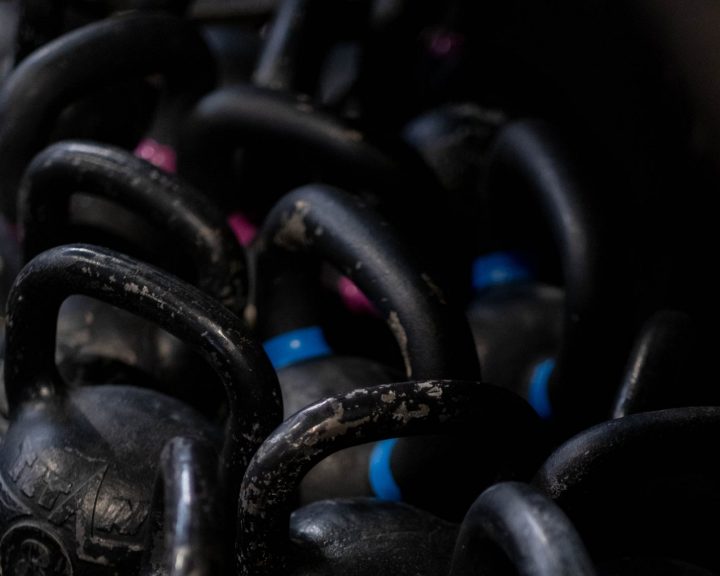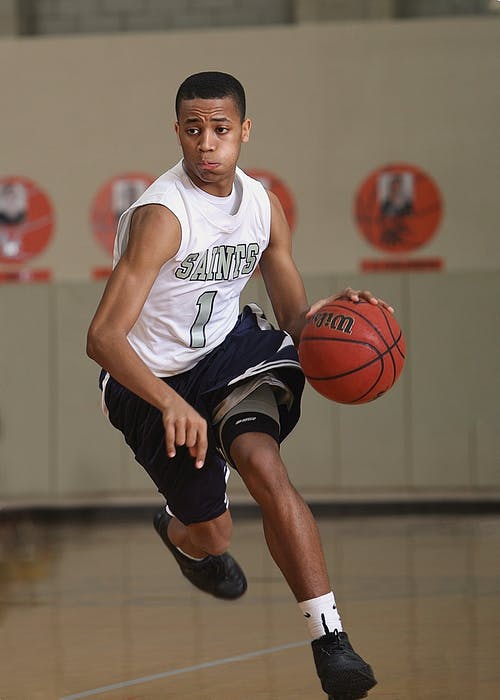We currently think we know a great deal about hamstring injuries. This drives how we design strength and conditioning programs to prevent them. For example, I recently had a conversation with a track and field coach about why I was putting their strength training workouts together in order to prevent injuries – in my program there was a lot of focus on Romanian deadlifts, back raises, and good mornings and no focus on leg curls. Having said that, we’re still not real successful at preventing these injuries.
Kumazaki et al, in the December issue of the International Journal of Sports Medicine take an interesting look at hamstring injuries. First, the authors studied the hamstring muscles in cadavers and looked at muscle length and fiber length of the hamstrings with the knee flexed at 0, 30, 60, and 90 degrees. Second, EMG and torque measurements for the hamstrings were taken at various knee angles in healthy subjects.
Results:
• The long head of the biceps femoris and the semimembranosus have shorter muscle fibers compared to their muscle length than the short head of the biceps femoris and the semitendinosus.
• The long head of the biceps femoris and the semimembranosus shorten more extensively when the knee is flexed than the short head and the semitendinosus. This also indicates that the muscle fibers in the short head of the BF and the ST can be stretched excessively when the knee is extended.
• The hamstrings generate more torque at greater knee angles, they generate the greatest knee flexion torque when the knee joint is almost fully extended.
When we coach sprinters or athletes who are sprinting, we teach that hamstring injuries are occurring as the lower leg is uncoupling from the upper leg. This is because the hamstrings are firing eccentrically to keep the knee from hyperextending. At the same time, the hamstrings are also driving the leg towards the ground (i.e. hip extension). The combination of the two sets the athlete up for the muscles to be stretched too much.
This study indicates which two muscles are most susceptible to this injury, which reinforces what others have said (short head of the biceps femoris and the semimembranosus). What is interesting about this study is the information on when the hamstrings generate the greatest torque – when the knee is extended. This suggests that it may not be the uncoupling part of sprinting, like we thought, but might be as the foot is being driven down towards the ground. It would be interesting to see some studies looking at the hamstring activity and torque production during both parts of the sprint (uncoupling and driving the foot down). Knowing this would help us identify drills and more exercises to prevent injuries. For example, if it’s uncoupling then A drills and B drills for distance would be really beneficial. If it’s driving down then straight leg bounds, Romanian deadlifts, good mornings, etc. would be really beneficial. For now, it’s probably wisest to keep including all in a program until we get better clarity on this subject.
Kumazaki, T., Ehara, Y., and Sakai, T. (2012). Anatomy and physiology of hamstring injury. International Journal of Sports Medicine, 33(12): 950-954.



